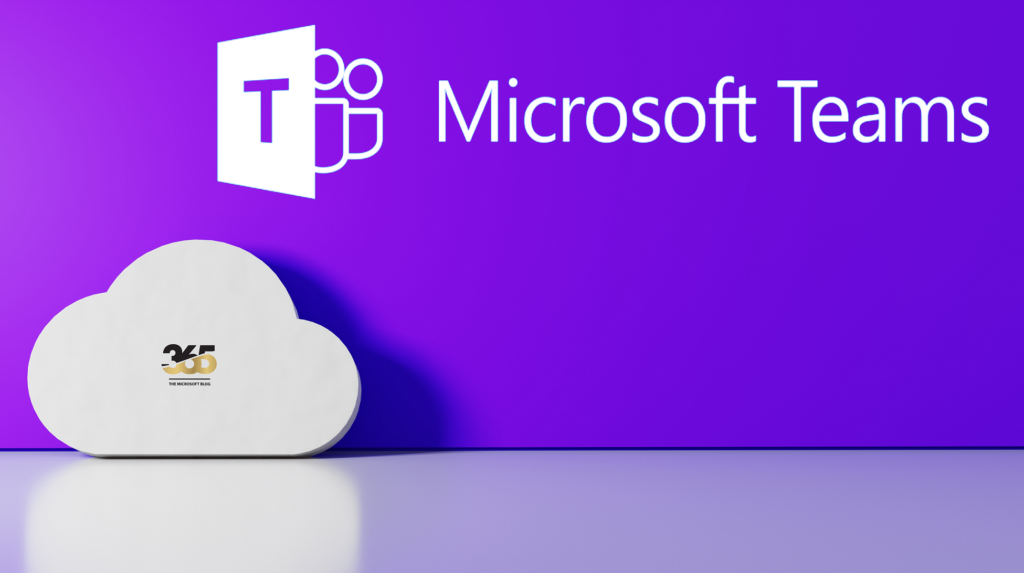Seamlessly migrate Teams data to another Tenant with the help of this great guide. Explore the reliable steps to transfer Teams data to another user, and ensure a flawless transition without compromising data integrity. Also, learn the best practices to ensure a hassle-free transition. Teams Migration Services are crucial to initiate this process since M365 lacks dedicated services. Additionally, you can opt for an alternative solution which we will cover in this write-up.
First, we will begin with the situations in which users must proceed with the migration task.
Reasons to Transfer Teams Data to Another User
Below are some of the scenarios in which users need to begin the transition:
- When an Office 365 subscription nears expiration, transferring Teams data to another account safeguards your information.
- To address domain expiration concerns, transferring Teams to a different domain is an available option.
- Move critical files from one established Teams to another for better accessibility and collaboration.
- When someone leaves or a new person joins, moving Teams data helps everyone stay updated on ongoing work.
- If parts of a company combine, moving Teams data makes sure everyone can find what they need in one place.
Above, we understood when users might need to do this task. Now, let’s delve into the challenges they encounter while doing it.
Challenges to Migrate Teams Data to Another Tenant
There are several limitations of MS Teams like it stores data in a more complicated way and in multiple locations. Plus, there is a chance of data loss while managing the information. Here are a few more downsides:
- Keeping data organized can be tough during migration due to metadata complexities.
- Moving large amounts of data in Teams can slow down the process and create technical issues.
- Differences in APIs might cause problems, especially with retrieving Teams chat data, possibly leading to important data loss during manual migration.
- Dynamic groups become static when moved, posing a major challenge in maintaining the file and folder structure.
- Transferring Teams settings often leads to losing those settings in the new place. Also, integrated third-party apps and tabs can’t move due to connectors used, causing inevitable loss.
If you need to bypass these hurdles then you have to make a proper plan and the best solution to ensure a hassle-free procedure.
Moving Teams Data to a New Tenant Using Smart Solution
Above, we highlighted that MS Teams doesn’t offer a direct migration solution to migrate Teams data to another Tenant. Hence, a smart alternative is necessary. Among various online solutions, one stands out: the reliable SysTools Microsoft Teams Migration Tool. Users prefer it for its advanced features and seamless functionalities, and some of them are as shown below:
- This solution has the capability for the safe transfer of Teams, including channels, chats, files, and diverse data components.
- It can facilitate the automated creation of Teams and Channels in the target account, streamlining migration.
- With this solution, you can maintain message formatting, timestamps, and content during channel migration.
- It offers the functionality to migrate Organizational, Private, and Public Teams’ data seamlessly.
- If you are opting for this you can seamlessly transfer attachments, emojis, GIFs, Announcements, replies, and conversations.
- This solution provides an option of “Delta Migration” which allows the moving of newly arrived data from the source after the initial migration.
- You can’t face any compatible issues with this as it supports Windows OS 10 and 11 (64-bit) for wider accessibility and usability.
After reading the features of this utility, we understood how reliable is. Plus, in the next part of the phase, we will talk about the instructions to execute the migration procedure using this.
Guidelines to Migrate Teams Data to Another Tenant
Here’s a set of instructions to navigate through this software:
Step 1. Begin by downloading and opening the migration tool.
Step 2. Choose Office 365 as both the source and destination platforms.
Step 3. Under workload selection, opt for Teams, which includes Teams Creation, Channel Creation, channel messages, and files.
Step 4. Users can tailor selections based on their group workload preferences.
Step 5. Enter the Source Admin email ID and Application ID, then click Validate to confirm associated permissions. Repeat this step for the Destination Admin email and Application ID.
Step 6. Various options exist for adding source users: Fetch Users, Import Users, or Download Template. Users can filter and prioritize migrations for multiple user mailboxes.
Step 7. Initiate the migration process by clicking on the Start Migration button.
Bring it All Together
Various circumstances prompt the necessity to migrate Teams data to another Tenant. For the same, we discovered that there are no manual approaches to processes, so we have to opt for a smart solution. Therefore, we covered an automated solution with its steps to transfer Teams data to another user.

